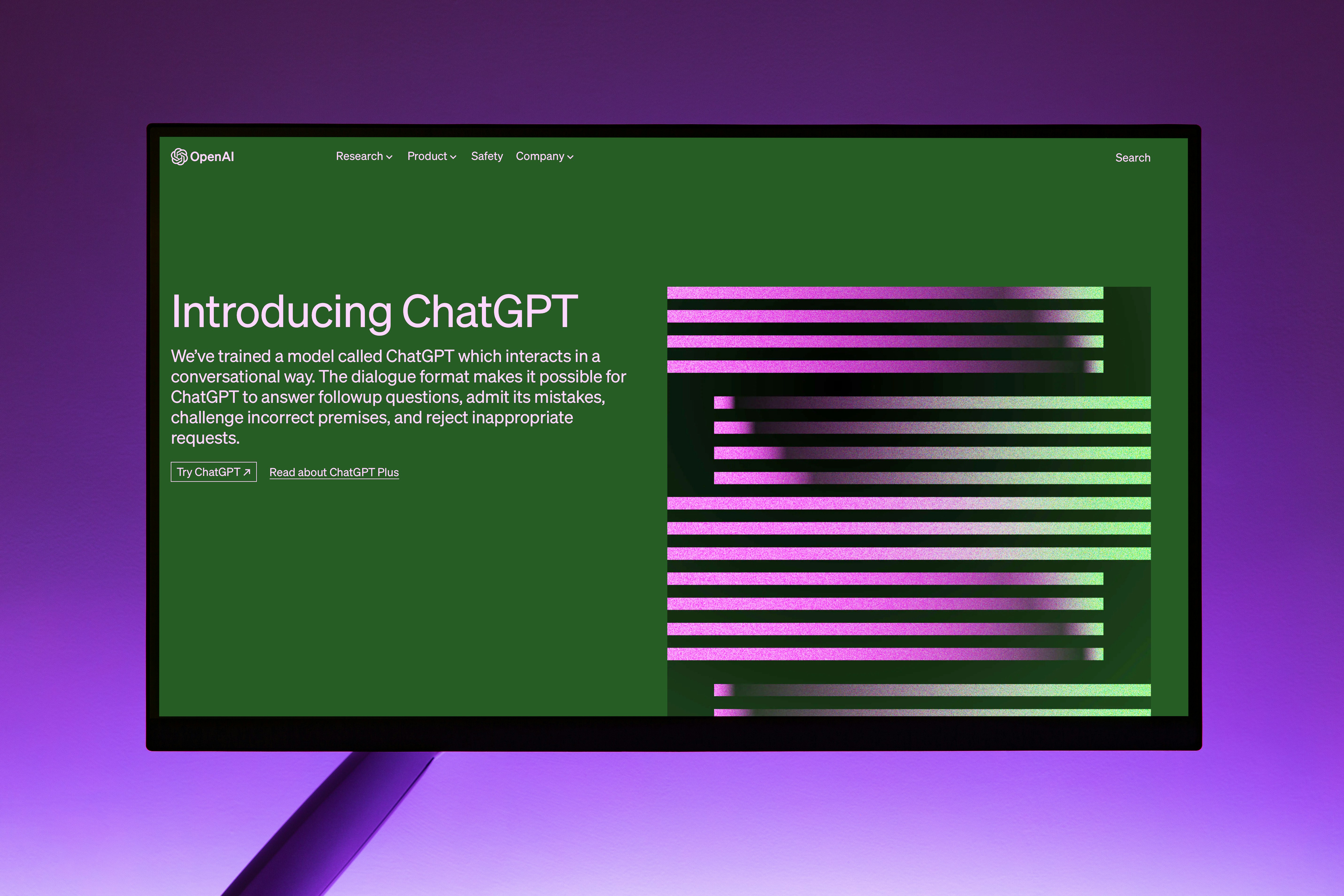 Photo by Andrew Neel on Unsplash
Photo by Andrew Neel on Unsplash When it comes to language models and natural language processing, OpenAI’s GPT (Generative Pre-trained Transformer) has made quite a splash. With its ability to generate human-like text, it has become a valuable tool for various applications. However, the standard GPT models may not always meet the specific needs of every project or task. That’s where custom GPTs come into play.
What are Custom GPTs?
Custom GPTs are modified versions of the original GPT models that have been fine-tuned or trained on specific datasets to cater to particular requirements. These modifications can include domain-specific knowledge, improved context understanding, or enhanced text generation capabilities.
Why Use Custom GPTs?
There are several reasons why someone might choose to use a custom GPT:
- Domain-specific expertise: By training a GPT model on a dataset specific to a particular field or industry, the resulting custom GPT can generate more accurate and contextually relevant text for that domain.
- Better context understanding: Fine-tuning a GPT model on a specific dataset can help it better understand the nuances and intricacies of that particular context, resulting in more coherent and relevant responses.
- Improved text generation: Custom GPTs can be trained to generate text that aligns with specific requirements, such as adhering to a particular style or tone.
- Data privacy and security: In some cases, using a custom GPT allows organizations to keep sensitive data within their own infrastructure, ensuring privacy and security.
How to Create Custom GPTs
Creating a custom GPT involves several steps:
- Data collection: Gather a dataset that is relevant to the specific task or domain you want the custom GPT to excel in.
- Pre-processing: Clean and prepare the data for training, ensuring it is in a format suitable for the GPT model.
- Fine-tuning: Use the pre-processed dataset to fine-tune the GPT model, allowing it to learn from the specific domain or context.
- Evaluation: Assess the performance of the custom GPT by testing it on relevant tasks and comparing its results to the standard GPT.
Potential Applications of Custom GPTs
The applications of custom GPTs are vast and varied. Some potential use cases include:
- Customer support: Custom GPTs can be trained on customer support data to provide automated responses and assistance.
- Content generation: Custom GPTs can be used to generate blog posts, articles, or product descriptions tailored to specific industries or niches.
- Chatbots: Custom GPTs can power chatbots, allowing them to engage in more meaningful and contextually relevant conversations.
- Translation: By fine-tuning a GPT model on multilingual datasets, custom GPTs can be created to improve translation accuracy.
Custom GPTs offer a world of possibilities for those seeking to leverage the power of language models. By tailoring the capabilities of GPT to specific domains or tasks, organizations can unlock new opportunities for automation, content generation, and more.
RELATED POSTS
View all


